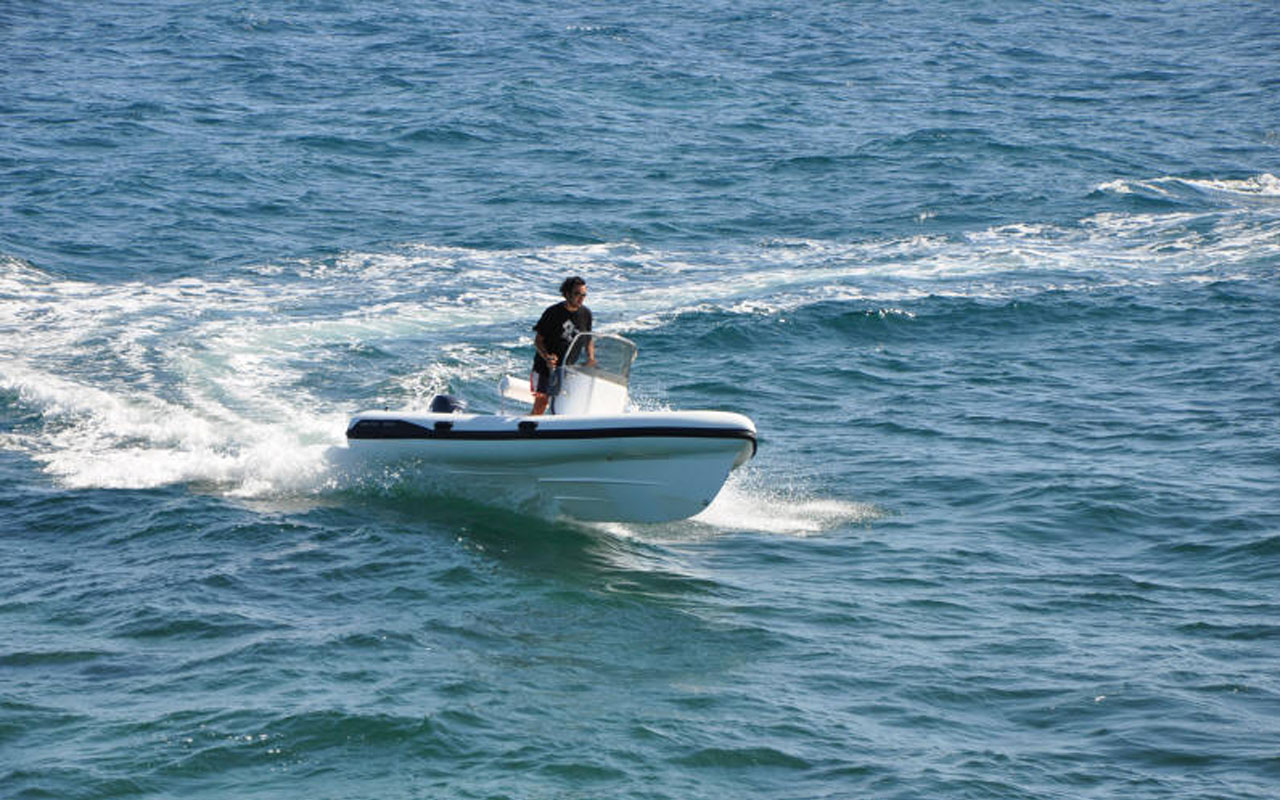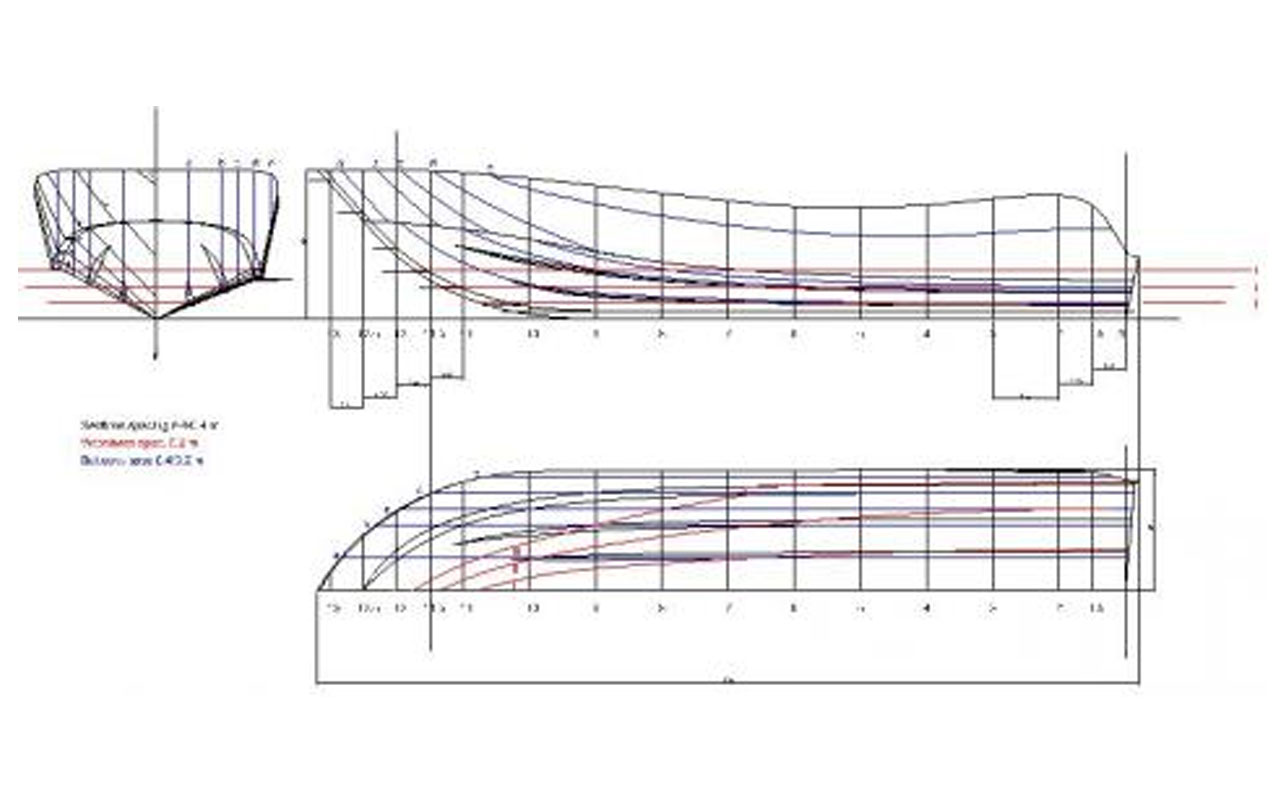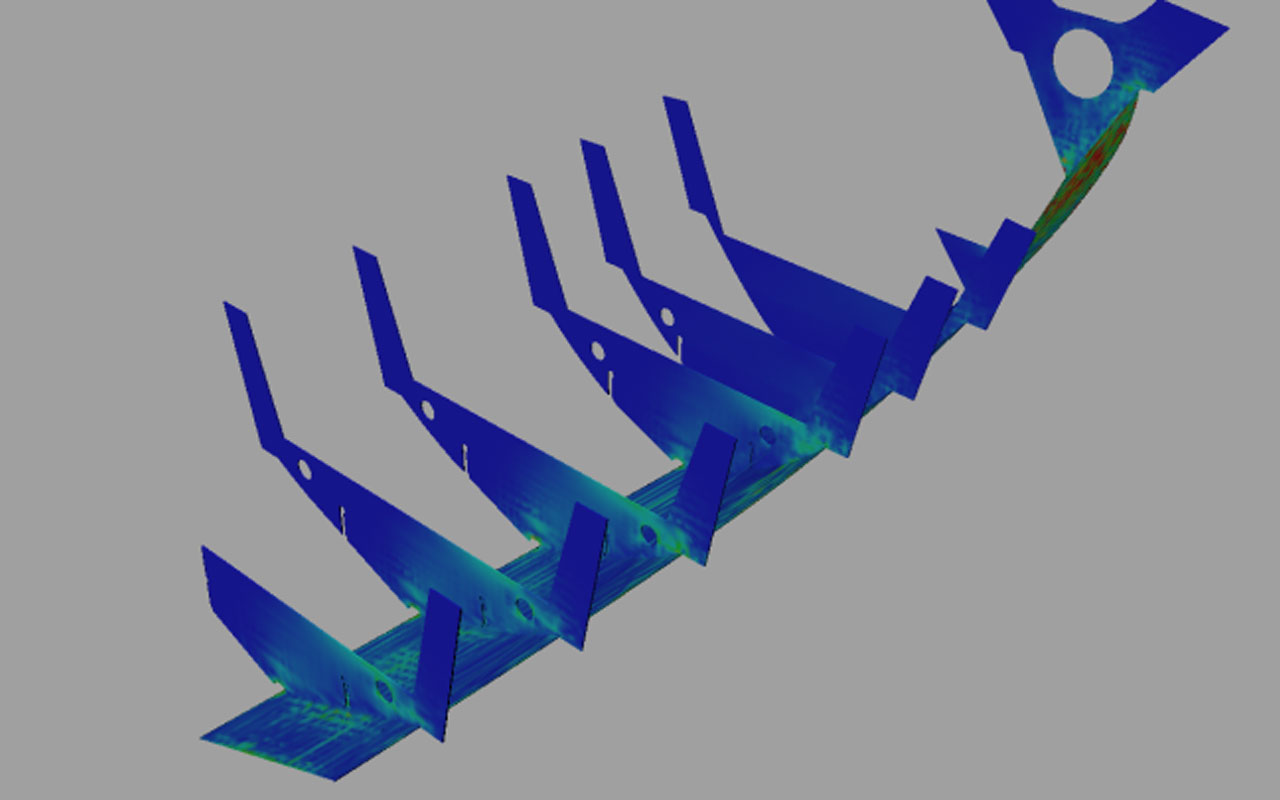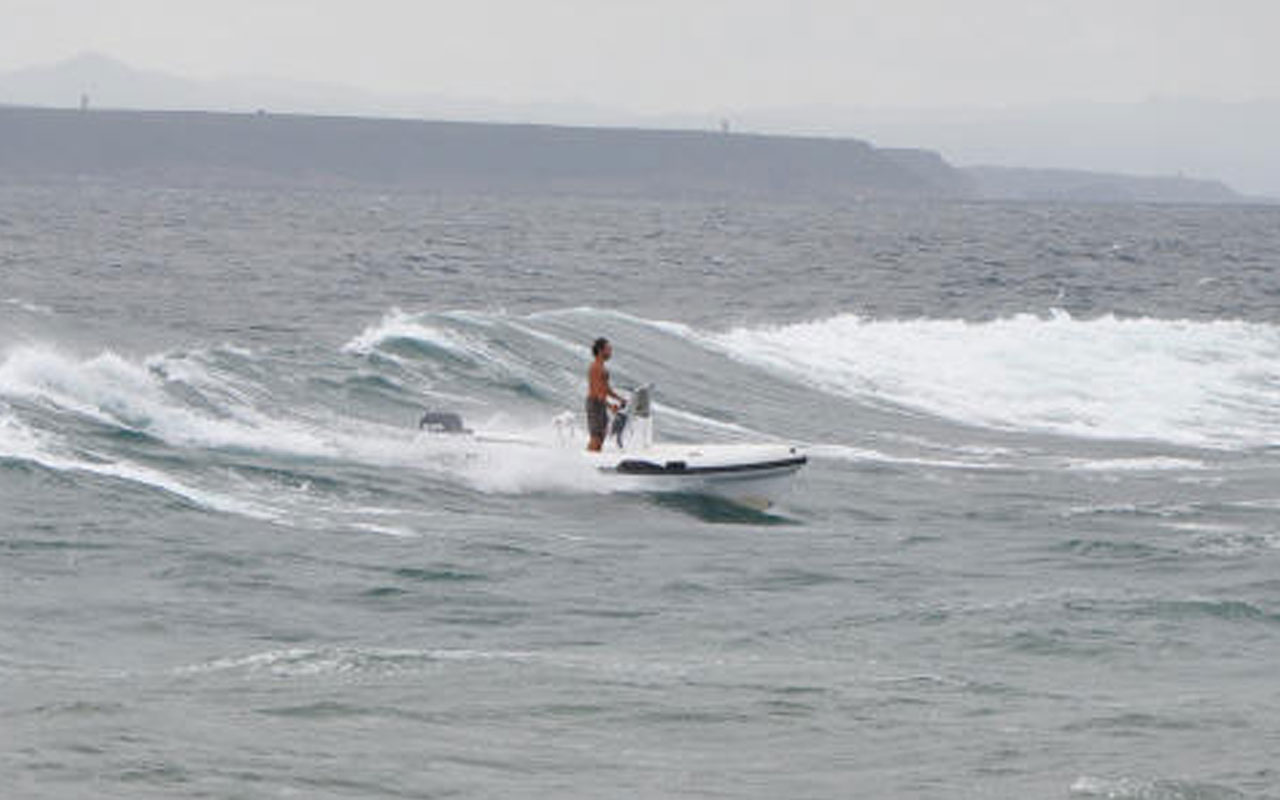Boat Design and Costruction in Italy
Akesdesign has a great knowledge on design of Rigid Inflatable Boats (RIBS). As for Boat Designs, the RIB design is focused to join a comfortable deck layout with hull shapes that give comfortable and enjoyable ride in any condition. The stability afloat is due to well dimensioned tubulars and calculated watertight spaces that keep transverse and longitudinal stability even if the central rigid hull is flooded. The tubes are designed to touch the water with people inboard but slightly touch the water surface to avoid fouling. Naturally, all these features depending on user's request. The RIB design is optimized for operational requirements: at the same time s RIB can ben optimized for charter, tender, classic leisure users, high-performance demanding users, professional users, with a deck as efficient and comfortable as possible and naturally with a nice shape, never common or coarse.
The Akesdesign boat and RIB design studio is based in Sardinia - Italy









